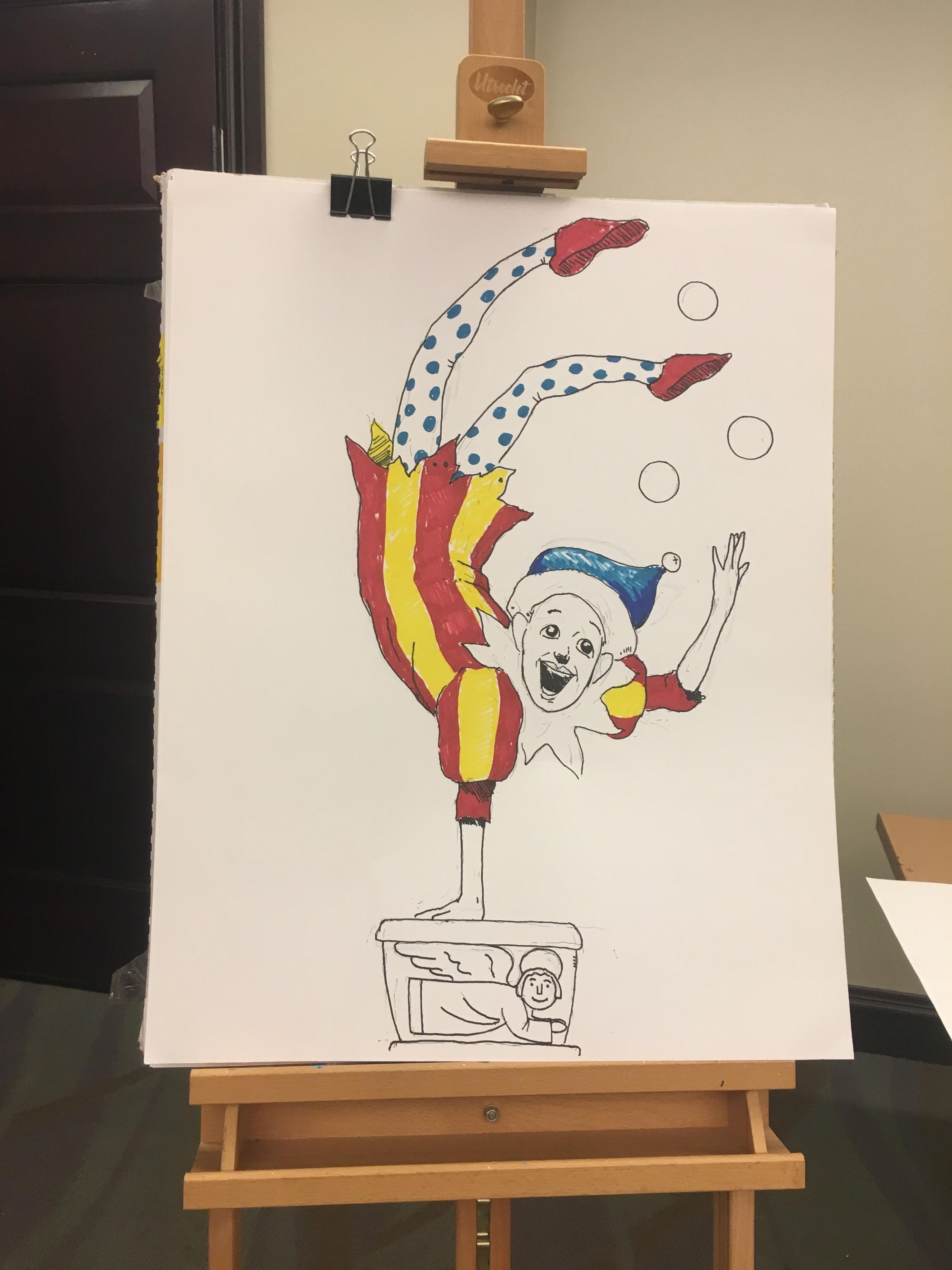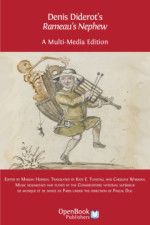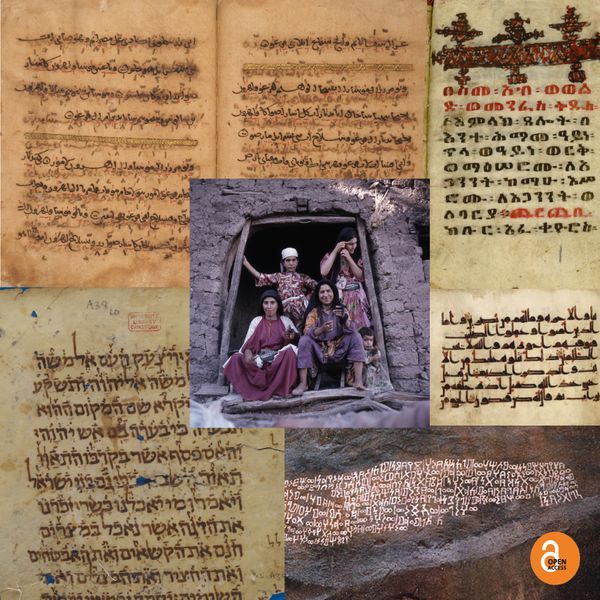A Kids’ Book about Plague from a Bygone Century
By Jan M. Ziolkowski
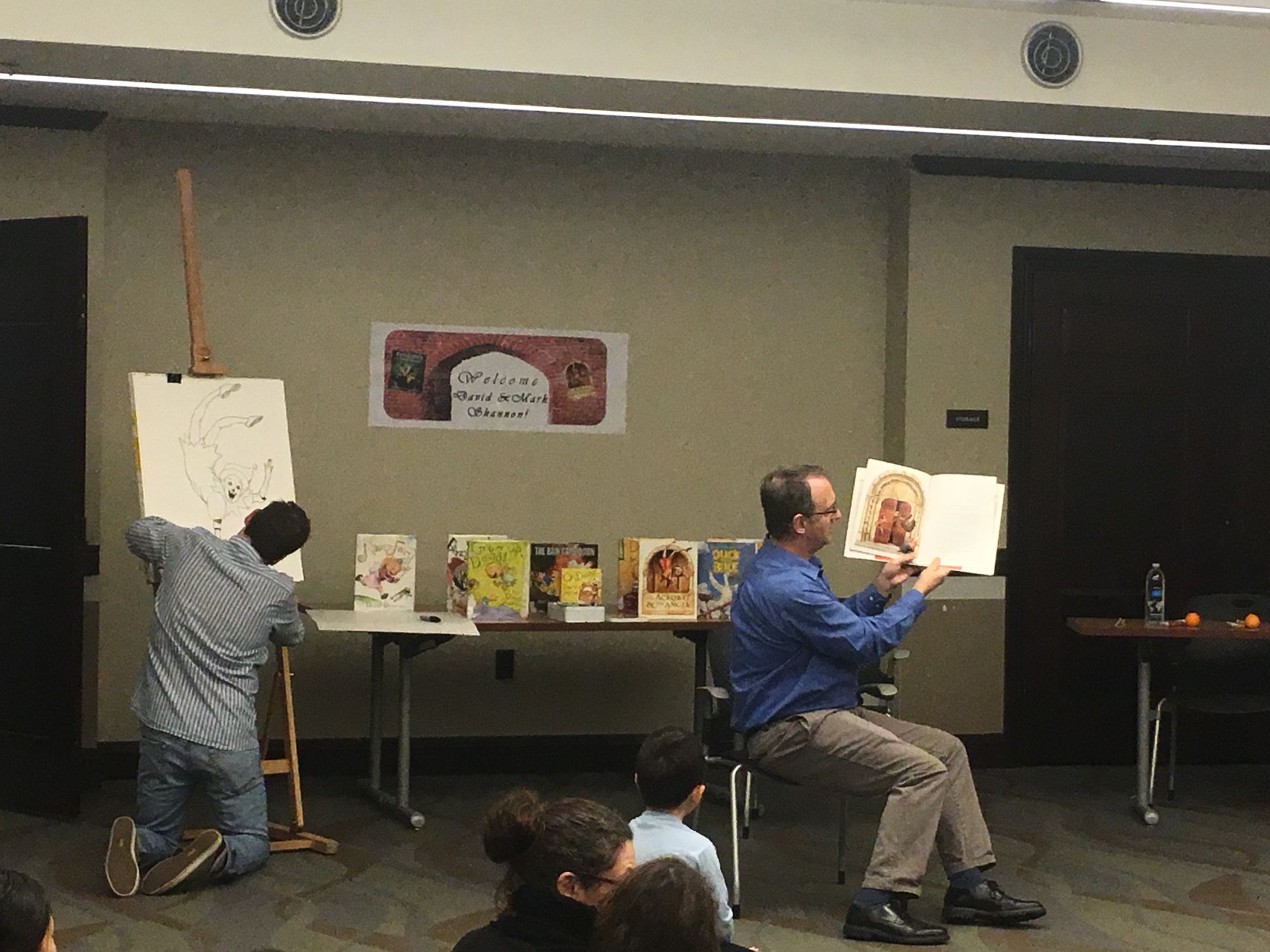
Sick-Lit
Grown-ups grappling with the current global crisis have sought guidance from human experience of past pandemics. For want of hot-off-the-press novel coronovirus novels, those attracted to fiction have immersed themselves in Giovanni Boccaccio’s Decameron with its backdrop of Tuscany during the Black Death of 1347–1351, Daniel Defoe’s A Journal of the Plague Year about the Great Plague of London in 1665, and Albert Camus’s The Plague set in Algeria during the 1940s. People who prefer streaming films have turned to post-apocalyptic thrillers about viruses from The Andromeda Strain (1971) through I Am Legend (2007).
All well and good, but what can we offer the junior set? In these dismal days, would it make the slightest sense to nestle into a comfortable sofa and read aloud a children’s book in which an epidemic plays a central role, or should we avoid such literature (ahem) like the plague? According to the proverb, what’s good for the goose is good for the gander—but who’s to say what’s good for the gosling? Youths cover as wide a range in their personalities as do individual adults, and in addition they vary enormously in their psychological responses according to their age cohorts. From toddlers to teenagers, the young too struggle in coming to terms with COVID-19-induced anxieties. Should we shield them from hearing more? Parents and caregivers may wish to shelter their protégés from exposure to death and suffering in the arts. Yet in doing so they may underestimate the often astounding capacity of little ones not merely to tolerate but even to embrace grimness that their elders have greater trouble facing.
English-speaking children worldwide, now especially pre-schoolers, join hands, dance in a circle, and drop down after singing variations on the lyrics “Ring around the rosie / A pocketful of posies / Ashes, ashes / We all fall down.” The text is widely taken as a fossil of folk wisdom from the bubonic plague era. In this interpretation, a rosy rash was an early symptom, a posy of herbs or flowers a common preventative, sneezing a late indicator, and dying a dreaded consequence. Alas, the nursery rhyme likely has not even the faintest connection with the Middle Ages: nothing close to this wording is attested before the end of the eighteenth century. Yet whatever we make of the ring-song, the pestilence is one aspect of the medieval period that seizes childish imaginations. The Black Death occupies a place of macabre honor alongside castles, cathedrals, and Crusades.
The Acrobat & the Angel and the Juggler of Notre Dame
…. which brings us to an illustrated book, pitched at an audience aged 4–8, that was published in 1999. In it, the hero is a child orphaned when a contagion strikes his village. For a short spell his kindly grandmother cares for him, but then she dies and leaves him to fend for himself by performing as a street acrobat. To make matters worse, the mass illness breaks out again. Cold and hungry, the homeless waif collapses by a roadside cross and is taken into a monastery. There he antagonizes the abbot by doing his routine before a statue of an angel. Eventually the celestial messenger turns animate and carries the boy to heaven, but only after he has shown kindness to a baby who is thus saved from the plague.
The volume is one of two staged in the Middle Ages that the brothers David and Mark Shannon produced in collaboration. The first, printed in 1994, reworks the Arthurian romance Gawain and the Green Knight. This second likewise retells a literary work from Europe of old. The writer Mark Shannon (b. 1958) has maintained his passion across the decades, even setting a recent novel in the Middle Ages. While taking the protagonist’s name Péquelé from what purports to be a twentieth-century French folktale by Henri Pourrat, he knows full that the story can be traced back to the thirteenth century or earlier. The tale captivated me personally enough to produce the six-volume The Juggler of Notre Dame and, more important, seized the imaginations of past children’s book authors such as Barbara Cooney and Tomie dePaola.
The illustrator of The Acrobat & the Angel is Mark’s younger brother David Shannon (b. 1959), a prolific writer and illustrator. Of his picture books, the most relevant to the present post may be the semi-autobiographical No, David!, which offers fictionalized glimpses of Shannon family life and fraternal love in the 1960s. Some of their childhood infiltrated The Acrobat & the Angel, if we accept the stern abbot in the book to be a fond caricature of their father. The artwork of their joint production is crisp and clear, in incandescent acrylics.
David lives in Los Angeles, Mark in Barcelona. On December 15, 2018, the brothers traversed a combined distance of six thousand air miles to deliver as a team their first ever live reading and art demonstration. The event arose from teamwork between a private and a public institution: Dumbarton Oaks, then hosting the Juggling the Middle Ages exhibition, sponsored the hour, which took place in the Georgetown Branch of the DC Public Library.
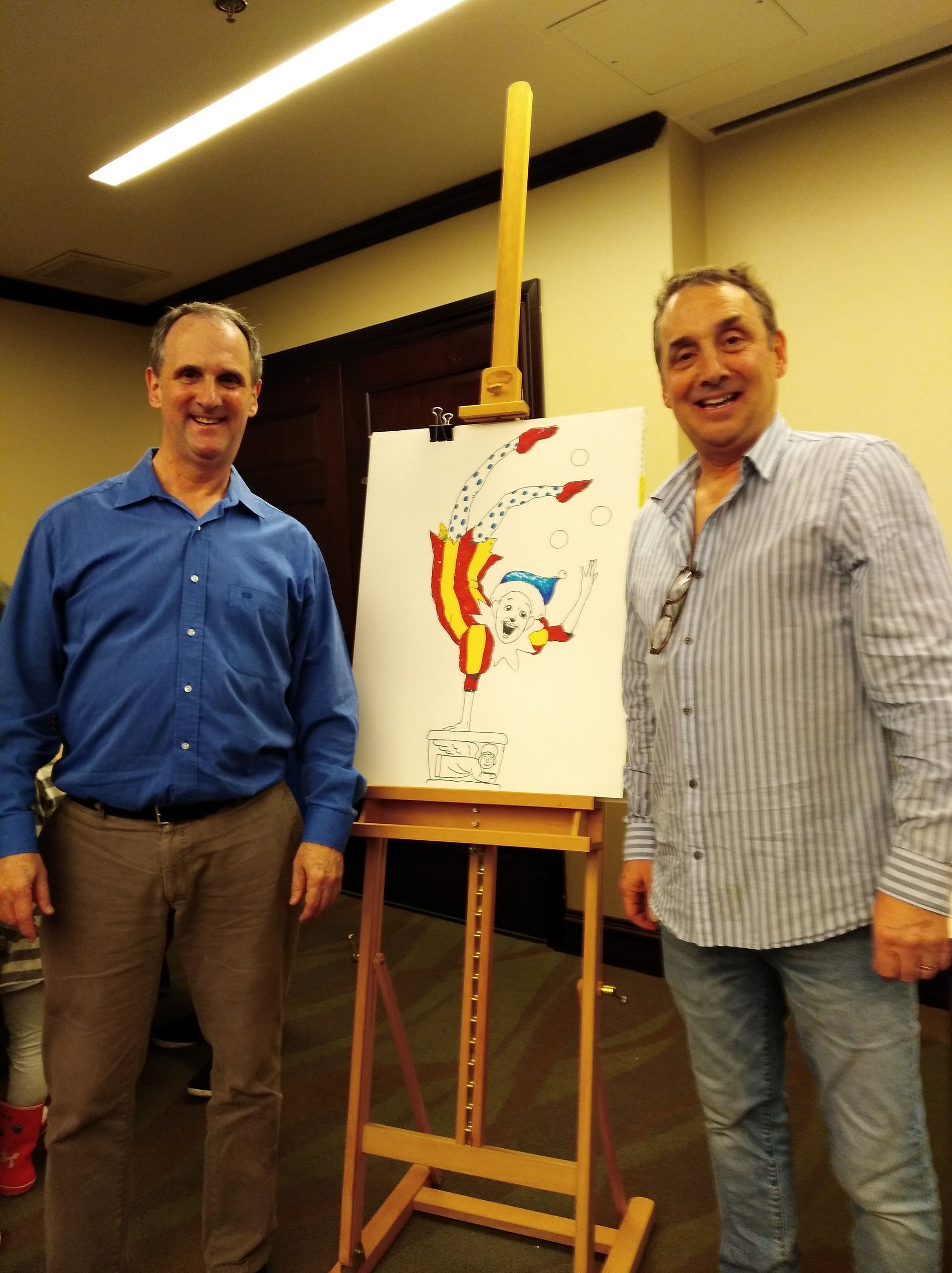
Watching Mark and David Shannon (Fig. 2) in action was a joy, the one with a winningly gentle and softspoken contemplativeness, the other with a irresistibly boisterous mischievousness (embodied in an arched left eyebrow that leads a rascally life of its own when its owner recounts anecdotes). They have traveled far in geographically opposite directions, with distinct characters and talents, but to this day they share a background that makes their brotherliness ever apparent.
The Acrobat & the Angel is an odd window on mass illness of the kind we are experiencing today, and even with the replacement of the Madonna and Virgin Mary by a family keepsake and an equally angelic sculpture, it remains deeply Christian. The religion is baked into the story of the Juggler of Notre Dame, and it contributes to the sweetness of the narrative that makes such harshnesses as plague and parental death endurable. Right now we can use uplifting transcendence wherever we can find it.
